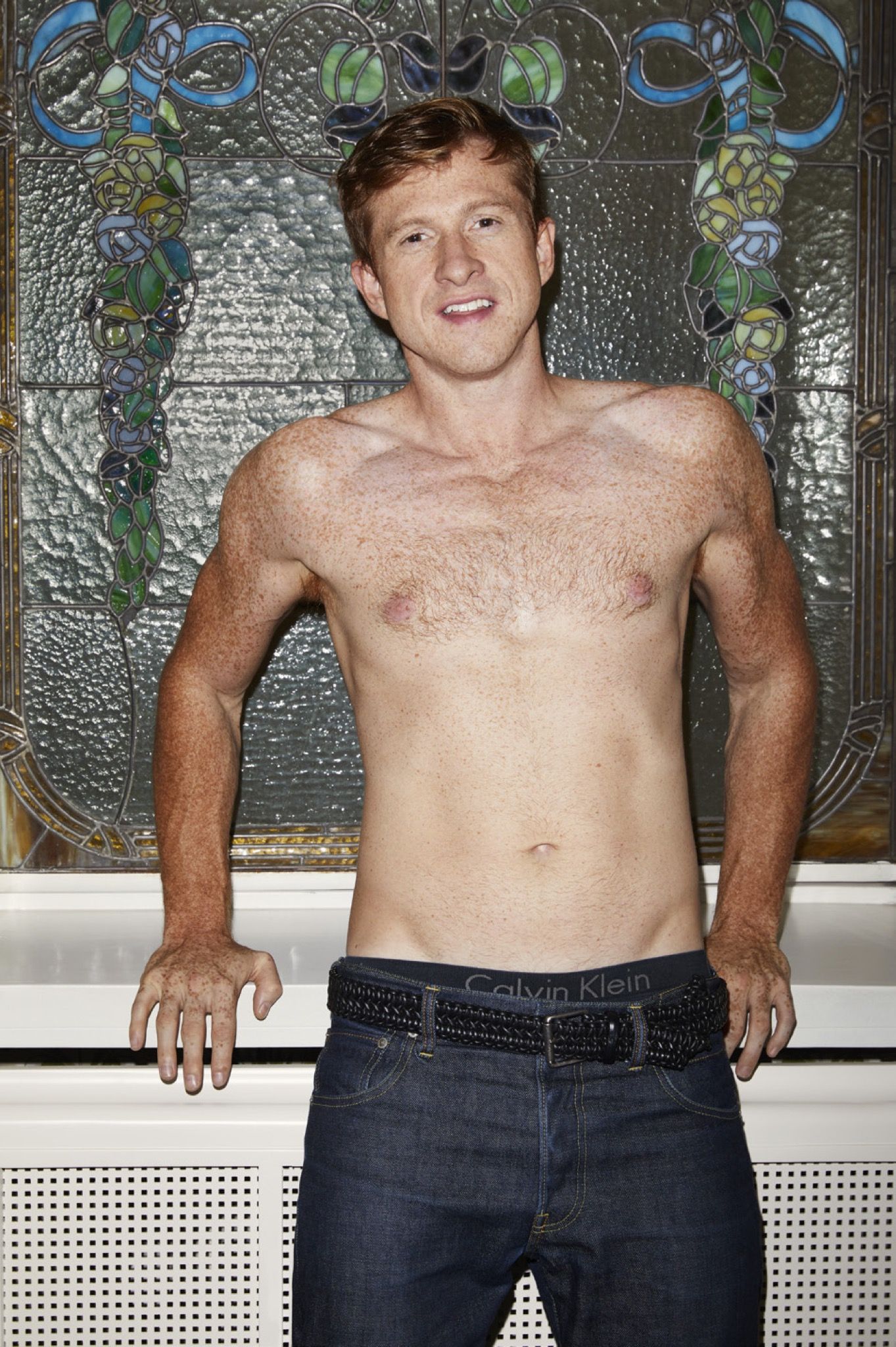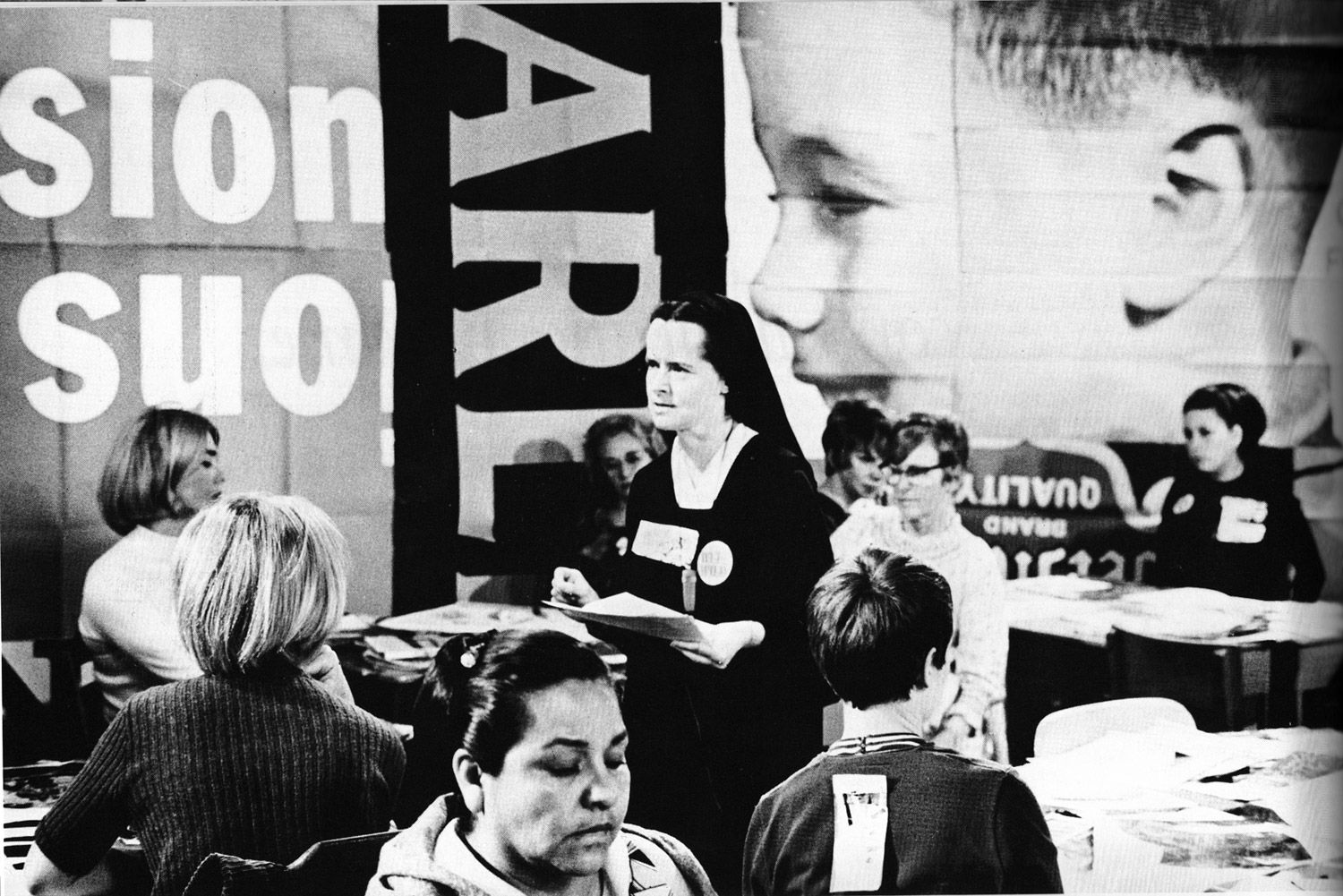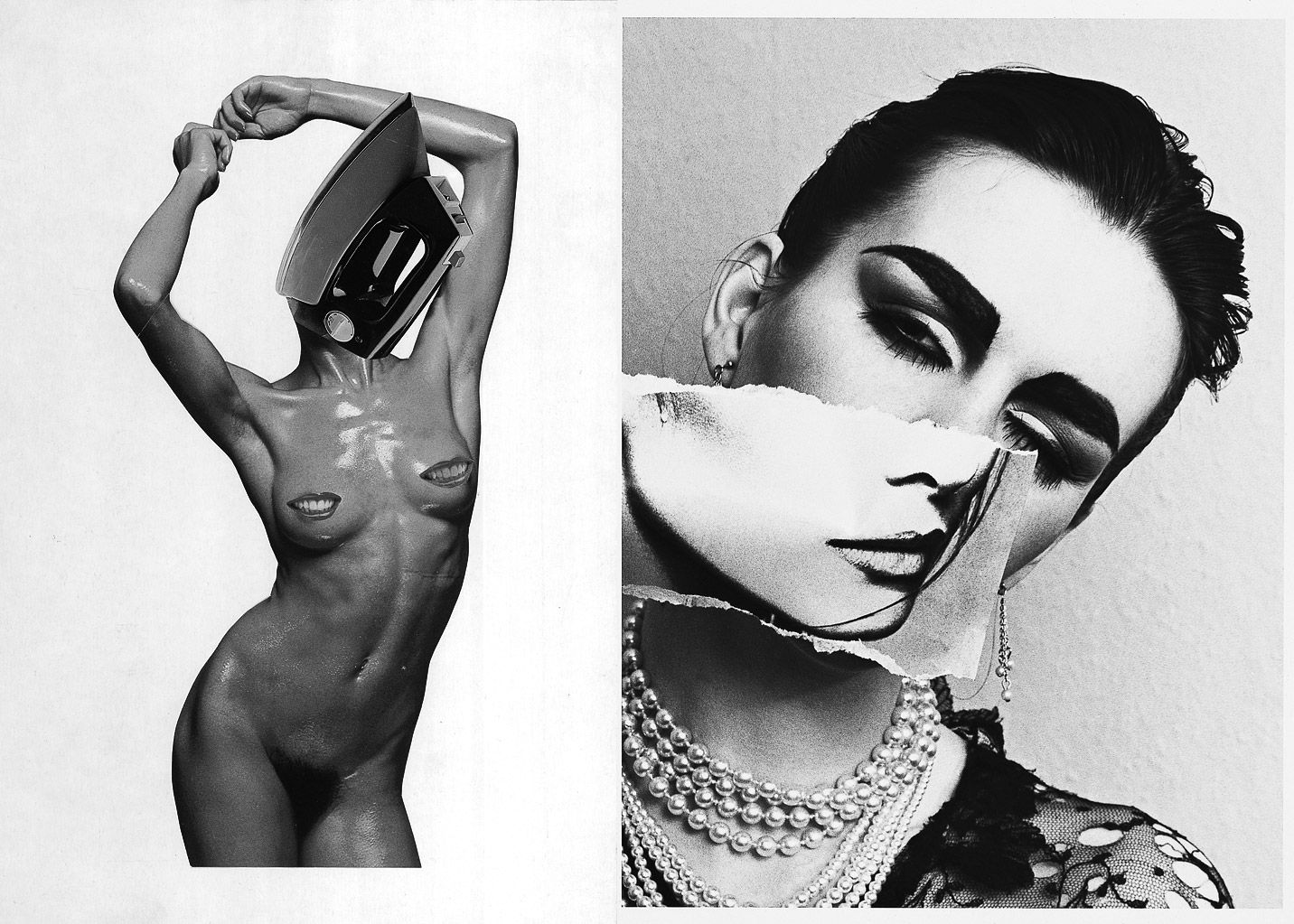FRIDA by ISHIUCHI
In FRIDA BY ISHIUCHI, Japanese photographer Miyako Ishiuchi’s images of Frida Kahlo’s clothing, cosmetics, and orthopedic and medical devices abstract and narrate a dynamic portrait of the Mexican painter and feminist’s public and private lives. Photos of Kahlo’s outer attire alongside what went unseen in her wardrobe show how Kahlo (1907–1954) constructed her iconic image and camouflaged the imprints left on her body by multiple physical ailments.
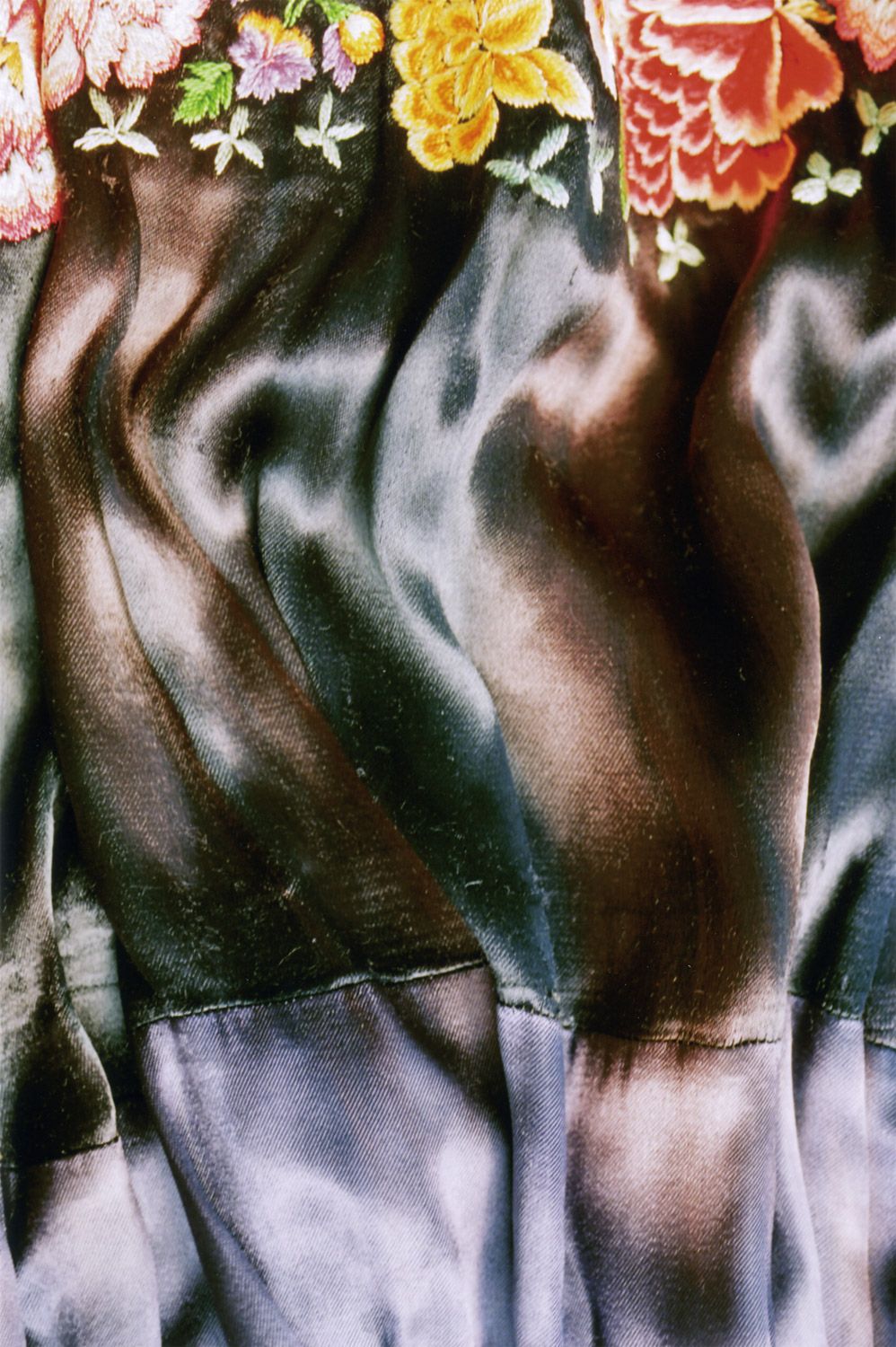
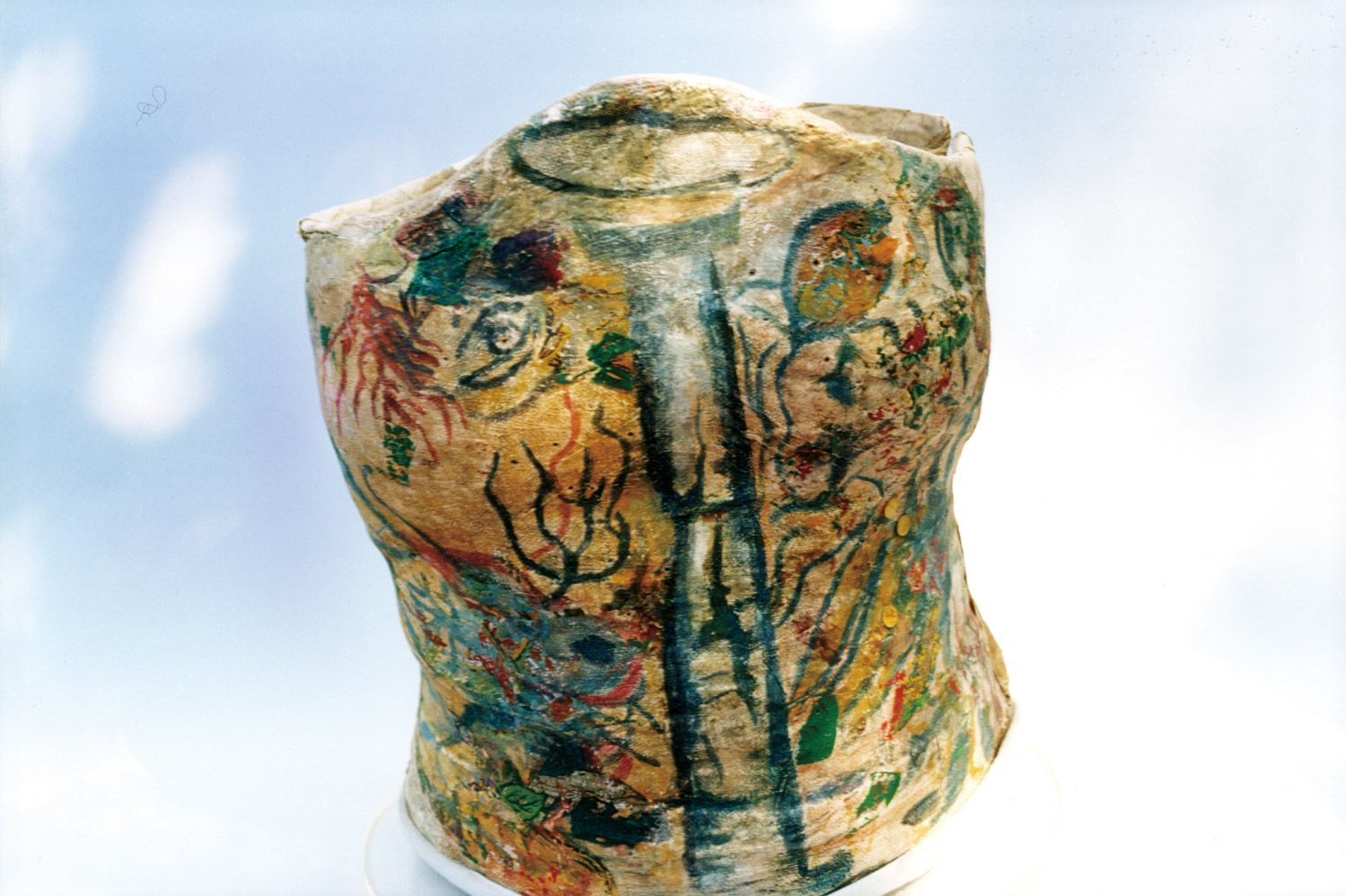
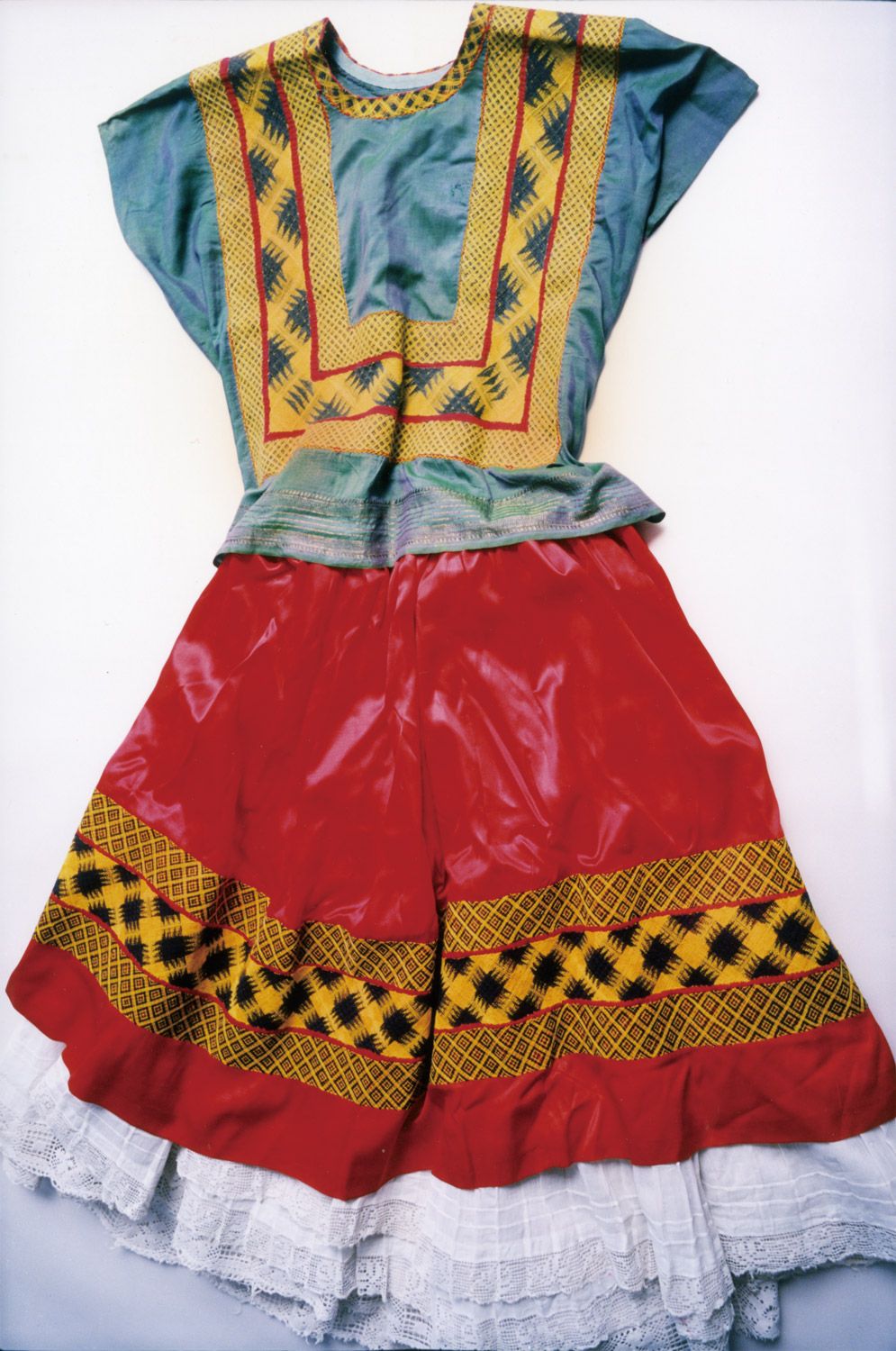
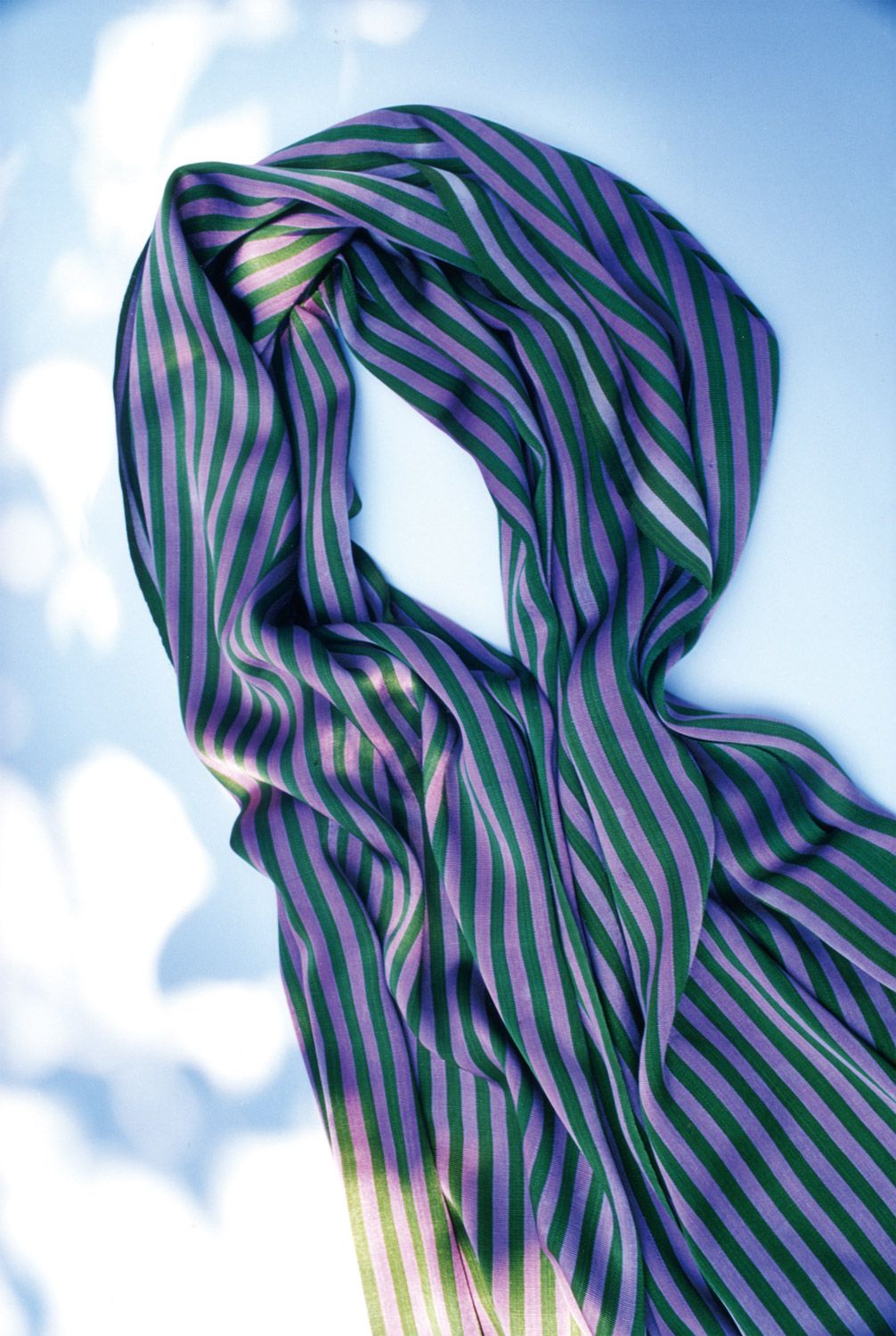
Kahlo contracted polio as a child and suffered a near-fatal automobile accident when she was 18, both of which left her crippled and deformed, but her style was nevertheless infamous: “I only saw Frida once,” wrote Carlos Fuentes. “I was at a concert in the Palacio de Bellas Artes … the jangling of sumptuous jewelry drowned out the sounds of the orchestra, but something beyond mere noise forced us all to look upwards and discover the apparition that announced herself with an incredible throb of metallic rhythms and then exhibited the self that both the noise and the jewelry and the silent magnetism displayed … It was the entrance of an Aztec goddess.”
Ishiuchi, who studied textile design and was mentored by Daido Moriyama, has become known for her depiction of fragments of human bodies and objects belonging to the dead. She was invited to Kahlo’s Casa Azul in Mexico City to photograph more than 300 of Kahlo’s personal items, which were discovered untouched in a spare bathroom in 2004. Captured in natural light with a 35mm Nikon, Kahlo’s signature Tehuana dresses (“Tehuana women walk in verse and their gate is pure poetry,” said writer Andrés Henestrosa), perfume bottles, jewelry, hospital smocks, corsets, and prosthetic legs evoke a visceral presence and haunting absence. Frida by Ishiuchi is a visual story of glamor, mortality, and the materialization of loss.
Frida by Ishiuchi is published by Editorial RM (Mexico City, 2013).
